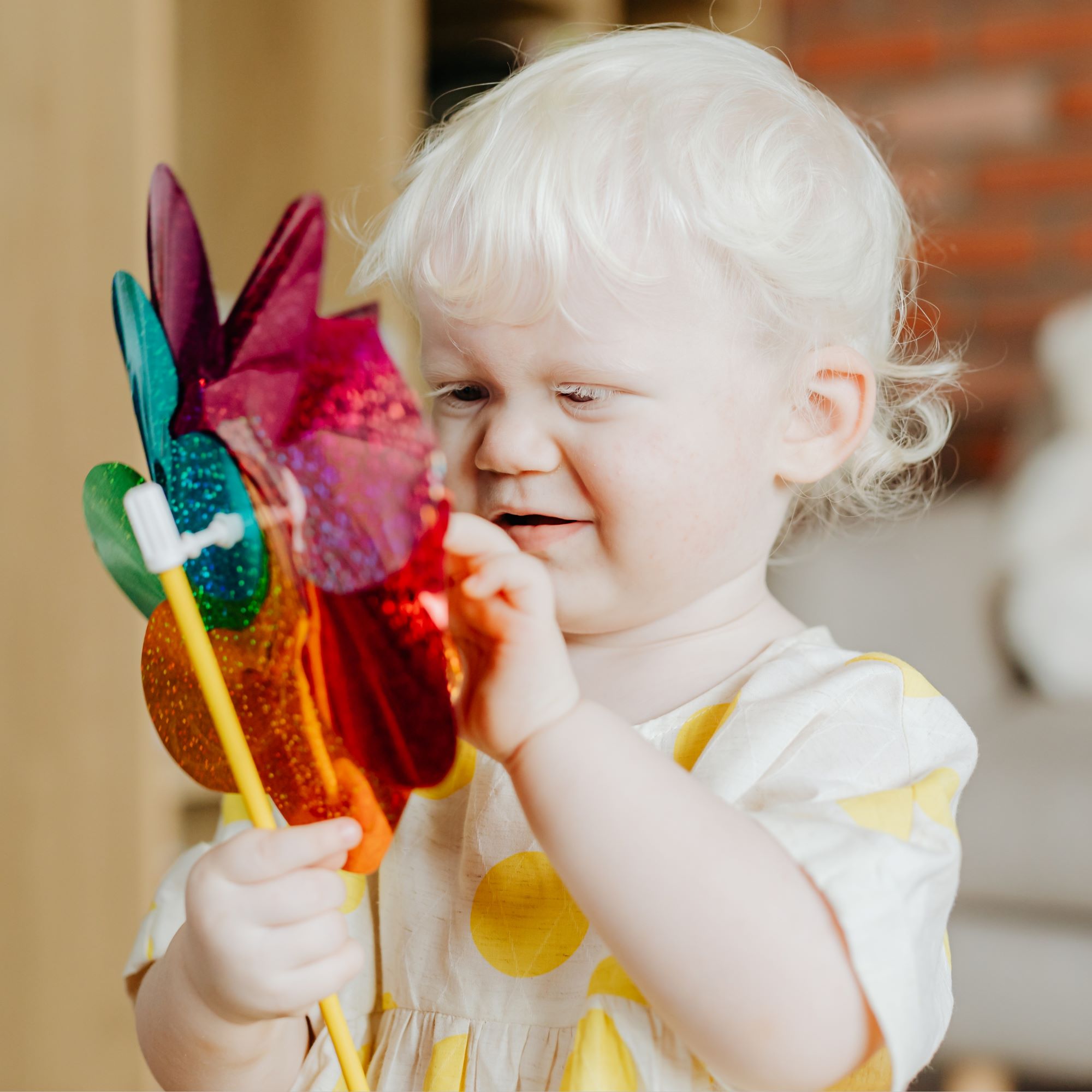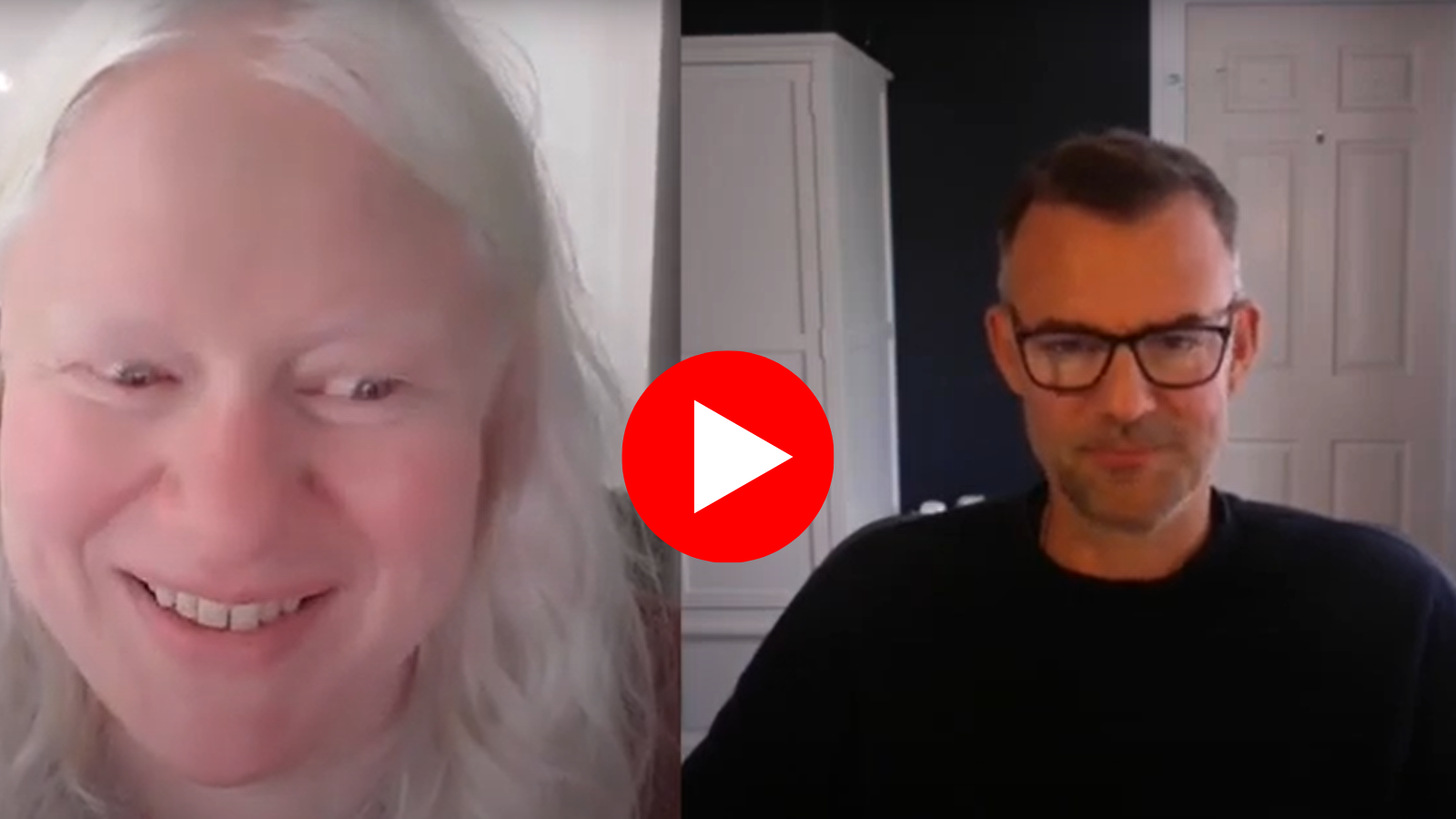Children's eye conditions
Southampton is one of only a few dedicated eye movement clinics in the UK, receiving referrals from hospitals nationwide.
The paediatric vision research team has grown significantly in recent years, investigating both rare and common conditions affecting children’s sight. The team aims to improve diagnostic methods, standardise best practice and develop new treatments to enhance the lives of children with eye diseases. Many children’s eye conditions require treatment before the age of 8, during a critical period when the brain is still developing its vision capabilities.
Here are a few highlights of some of the conditions the team are focusing on.
Albinism
 Albinism is a condition which affects around 1 in 1000 people across all races and ethnic backgrounds. Albinism causes a lack of pigment (melanin) to develop, affecting the body in different ways, particularly with respect to vision.
Albinism is a condition which affects around 1 in 1000 people across all races and ethnic backgrounds. Albinism causes a lack of pigment (melanin) to develop, affecting the body in different ways, particularly with respect to vision.
Lack of melanin causes the retina to develop abnormally and the nerves to cross over behind the eye. Conditions associated with albinism include nystagmus (uncontrollable eye movement), photophobia (light sensitivity), strabismus (squint), astigmatism or significant short or long-sightedness.
There is no treatment for albinism but research at the University of Southampton is exploring potential therapies.
Albinism research highlights
-
Dr Ellie Keeling is undertaking specialist research work to repurpose drugs to treat albinism in early childhood.
- Dr Helena Lee is investigating treatment options for albinism in children as part of her ongoing OLIVIA study.
 Dr Jay Self and the Albinism Fellowship have produced a podcast to explain some aspects of the condition and a series of myth-busting videos, which we hope will help parents of newly diagnosed patients:
Dr Jay Self and the Albinism Fellowship have produced a podcast to explain some aspects of the condition and a series of myth-busting videos, which we hope will help parents of newly diagnosed patients:
Amblyopia
 Amblyopia, commonly known as ‘lazy eye’, affects about one in 50 children, causing sight loss due to a weak connection between the eye and the brain. It can usually be treated simply and effectively though occlusion, or ‘patching’ therapy, which involves covering the stronger eye for a set period each day to encourage the weaker eye to work harder. However, this treatment requires persistence and significant parental involvement. The success rate for occlusion therapy is only 50%, and University of Southampton researchers are working hard to improve these outcomes and reduce the number of patients ‘giving up’ with the treatment.
Amblyopia, commonly known as ‘lazy eye’, affects about one in 50 children, causing sight loss due to a weak connection between the eye and the brain. It can usually be treated simply and effectively though occlusion, or ‘patching’ therapy, which involves covering the stronger eye for a set period each day to encourage the weaker eye to work harder. However, this treatment requires persistence and significant parental involvement. The success rate for occlusion therapy is only 50%, and University of Southampton researchers are working hard to improve these outcomes and reduce the number of patients ‘giving up’ with the treatment.
New app developed for Patching Therapy
Eye specialists, mathematicians and games designers at the University of Southampton have developed a smartphone app to support children undergoing patching therapy. Please help the research by downloading the app(s) and taking part in the patching study.
Amblio (for parents and carers): A mobile app designed to support the everyday routines of families managing a child’s amblyopia treatment. With friendly, accessible guidance and built-in features that help track progress, Amblio empowers carers with knowledge and structure, without the stress. This is currently available on iOS (iphones) only.
Amblios Club (for children): A playful, engaging game suite designed for children who wear eye patches as part of their treatment. The games feature friendly characters like Bambu the Panda and Screwloose the Robot, who make patching a normal and exciting part of the adventure.
Gift of Sight has been able to support this research, thanks to your generous donations. Learn more about the App here and watch the video, featuring the University of Southampton's Dr Jay Self and Joerg Fliege.
Nystagmus
Nystagmus, or ‘wobbly eyes’ causes rapid, uncontrollable eye movements – up and down, side to side, or in a circular motion. This causes problems with vision, including depth perception, balance and coordination. It can be congenital or develop later in life and early diagnosis is crucial to identify any underlying conditions.
Southampton has established itself as one of the leading nystagmus research groups in the UK, led by Drs Jay Self and Helena Lee. Southampton Eye Unit hosts one of only three dedicated eye movement clinics in the UK and referrals are frequently received for patients from other UK hospitals. Science Direct, who are known for their clinically targeted papers, recognised Jay and Helena as leading nystagmus specialists and invited them to put together an expert opinion piece to help paediatricians manage children who are presenting with symptoms of the condition: How do you manage a child presenting with apparently isolated nystagmus? - ScienceDirect
NystagME App
 Whilst treatment is limited, doctors currently rely on standard vision tests to check success levels. However, this is not an accurate measure of ‘speed of sight’ which is important for people with nystagmus. To improve treatment assessment, Dr Jay Self’s team, along with computer games experts and mathematicians, have developed prototype games, playable on a PC, which it’s hoped will accurately measure if a patient’s sight has improved. This work has been funded by a generous donation from energy investors, Bluewater.
Whilst treatment is limited, doctors currently rely on standard vision tests to check success levels. However, this is not an accurate measure of ‘speed of sight’ which is important for people with nystagmus. To improve treatment assessment, Dr Jay Self’s team, along with computer games experts and mathematicians, have developed prototype games, playable on a PC, which it’s hoped will accurately measure if a patient’s sight has improved. This work has been funded by a generous donation from energy investors, Bluewater.
You can help by trying out the games
How you can help!
You can support children’s eye research by donating to Gift of Sight and selecting 'Paediatrics' from the dropdown menu. We also welcome fundraising events and activities and would be delighted to support your efforts.
Please contact Ailsa or Jennie at Gift of Sight for any enquiries.



